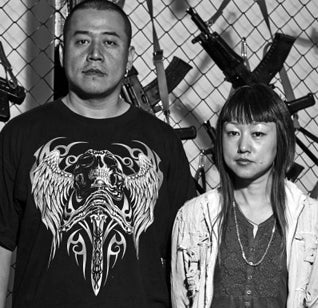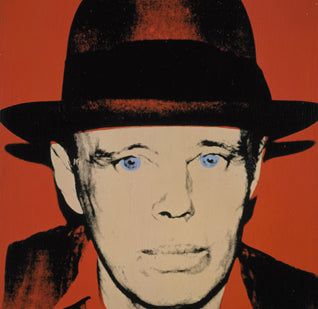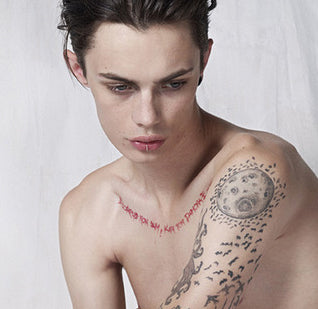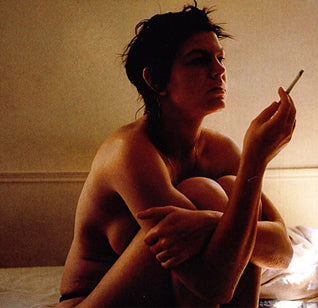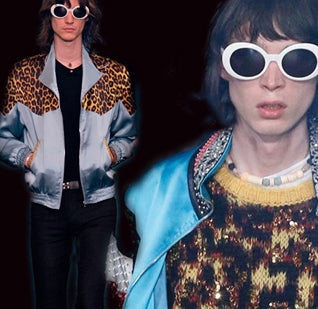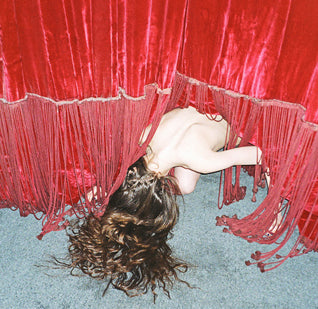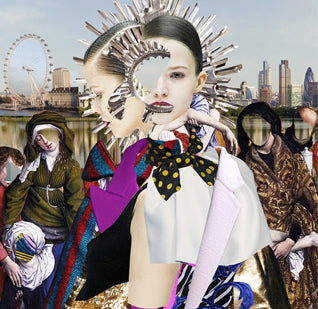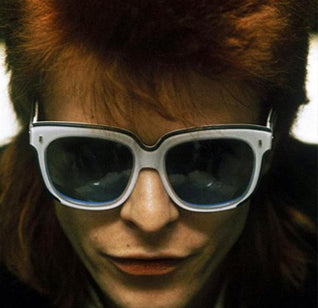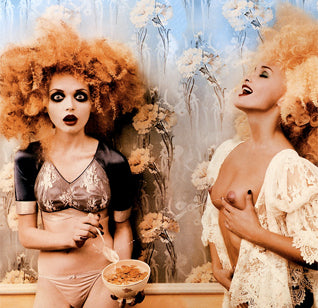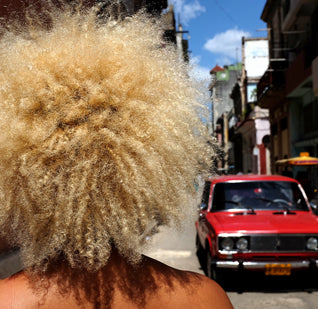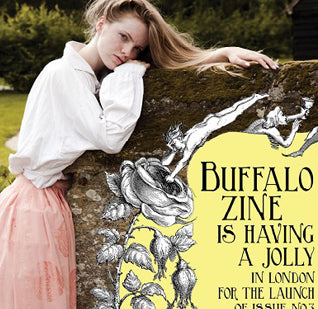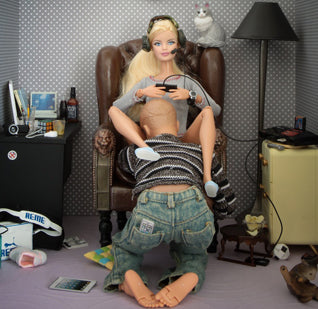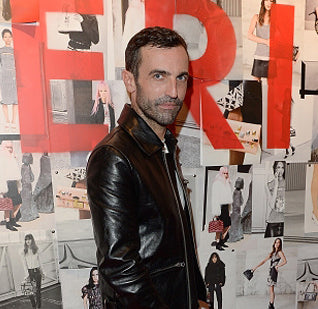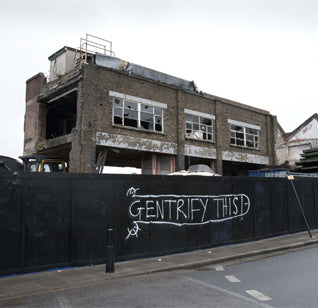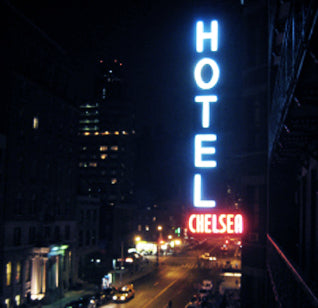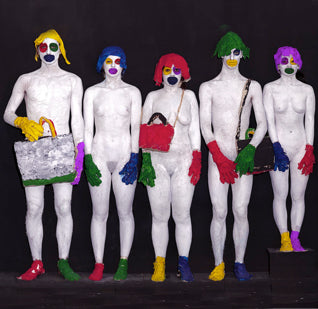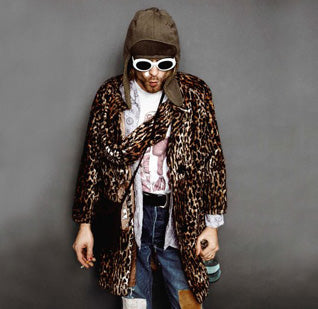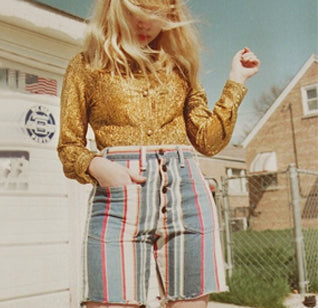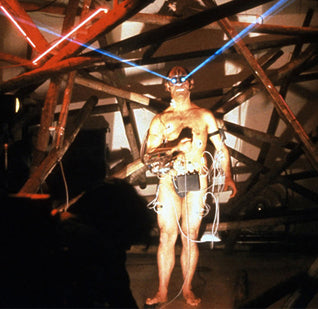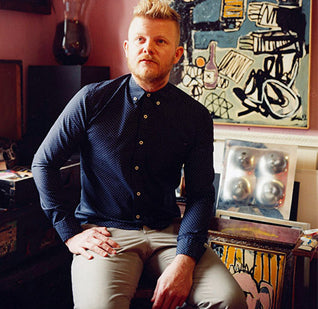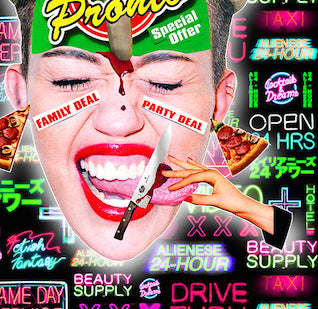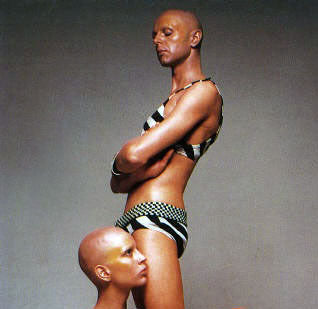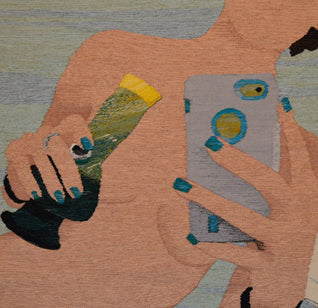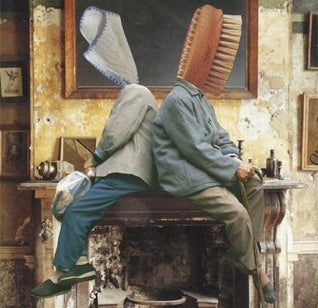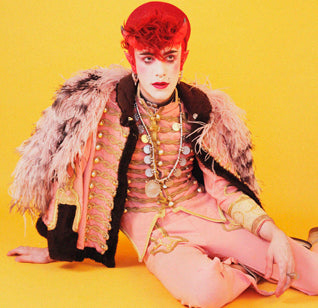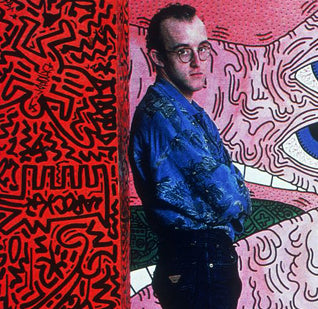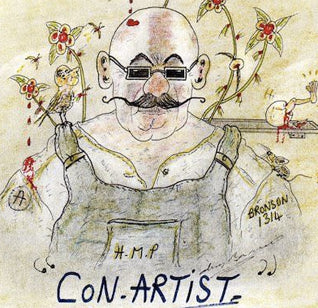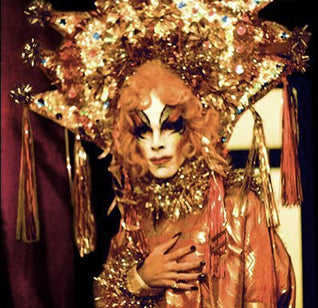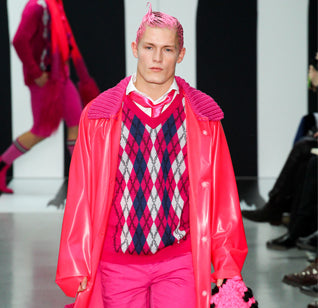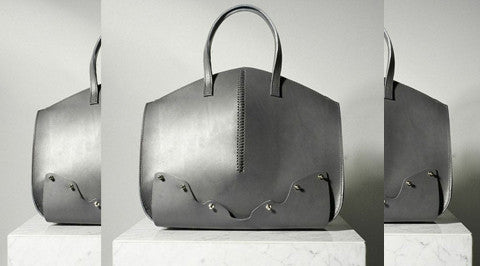ANOTHER EXISTENCE
Muti Randolph talks immersive art experiences and how he’s inspired by science
by KOD Staff
Muti Randolph is both an artist and an architect. A self-taught Brazilian pioneer of computer art, animation and 3d illustration, he creates immersive sculptures for nightclubs, the runway and music festivals, in 2011 taking over Coachella’s Sahara Tent for The Creators Project. Dragging his audience into a stimulating space of sight and sound, he dreams up entirely otherworldly planes of existence, leaving each person floating in a parallel universe. His mind bending sets push technology, and art to its limits, merging the two into something completely unique.
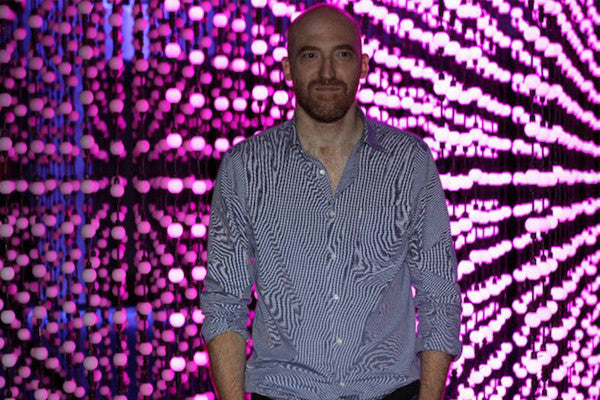
Muti Randolph
KOD: First of all, your pieces are incredible. We especially enjoyed Deep Screen, a block of over 6,000 motion-sensitive light bulbs. What were you trying to communicate here?
Muti Randolph: Thank you! Deep screen is a support for real 3d movies. The so called 3d blockbusters are in fact stereoscopic movies. Only a trick gives depth illusion to moving pictures. In deep screen the pictures move in real 3d space. What I communicate depends on the program. I have already programmed 12 scenes, some interactive, some not, some figurative, some very simple geometry, some organic. The sound is also generated in real time and is usually a direct audio translation of the video.
KOD: You talk a lot about getting people “inside” your work. Why is this immersive experience so important?
Muti Randolph: Because I believe it is the most intense, sensorial experience. One thing is to see a picture of a forest. Another is to see a forest from a window. And another is to be in the forest. Which experience is richer? Why do surfers travel the world, risking drowning, tropical diseases, just to be inside a barrel of water? That is why I like to do installations and architecture projects.
KOD: Where do you think society’s strong demand for interactive experiences has originated from?
Muti Randolph: People like to play with stuff that reacts to their actions. It is a human thing. There is also the new technology dazzle. In sculptures and installations, there is a natural physical interaction. The experience is changed in relation to the viewer's location, in most cases that should be enough.

” I am interested in the transformation of space in time, relating usually to music, and I need all available technology to explore it.”
KOD: Do you create your installations to evoke a specific mood or emotional reaction from your audience?
Muti Randloph: yes, but it depends on the software and the content. Both deep screen and tube, for example, are supports that can run different programs that can evoke very different moods and reactions.
KOD: When you create installations, such as the 3D light show, Mirage, for Coachella’s Sahara tent, do you ever join the audience to experience the work from their perspective?
Muti Randolph: in fact, at Coachella, as well as at most concerts and festivals, I stay in the house (technical area) which is generally right at the center of the public, in front of the stage. It’s the ideal public perspective but I also circulate, of course, to try different points of view and to dance, it the music is good.
KOD: Do you use the way the human brain responds to light and color to inform your work?
Muti Randolph: Well, I am very curious about the way the brain builds a model, that we call reality - from the information input from our senses. I am also interested when this model is not built form external input, but from within, as in the case of dreams and hallucinations.

Muti Randolf Installation
KOD: Where do you find the inspiration for your virtual environments?
Muti Randolph: From many things that I like in nature, architecture, technology, or whatever I happen to run into or think about it. I read a lot about biology and cosmology too. Science is very inspiring.
KOD: As an artist, what draws you to work with technology as opposed to more traditional materials?
Muti Randolph: Traditional materials are also based in technology. When oil painting technology was invented in the 15th century by pioneers such as Van Eyck, it enabled visual arts to reach new heights. Technology gives power to expand your creative possibilities and the public experience. I am interested in the transformation of space in time, relating usually to music, and I need all available technology (and sometimes not available) to explore it.
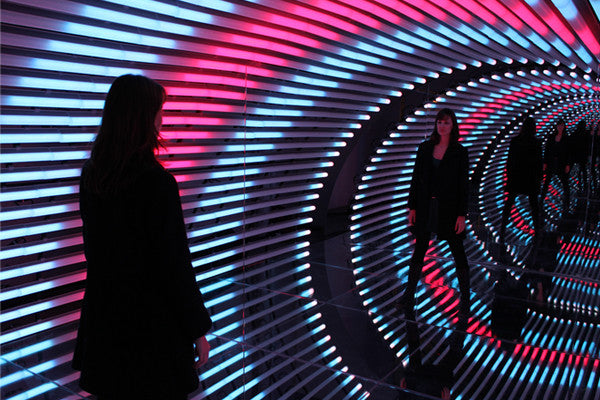
Muti Randolph Installation
KOD: Do you find your imagination is hindered by the limitations of technology?
Muti Randolph: it is the other way round. sometimes i need to develop new technology, usually software, because there is none yet available for some specific product of my imagination. and the advance of science and technology inspire me to think of new possibilities, even if it is still not there.
KOD: You have worked between London and Rio de Janeiro. Do you find that each city affects your work in a different way?
Muti Randolph: It depends; sometimes I just show an installation in a different city, so it is not affected by it. But if it is an architecture project, it must be affected not only by the city but by its particular location in the city.

